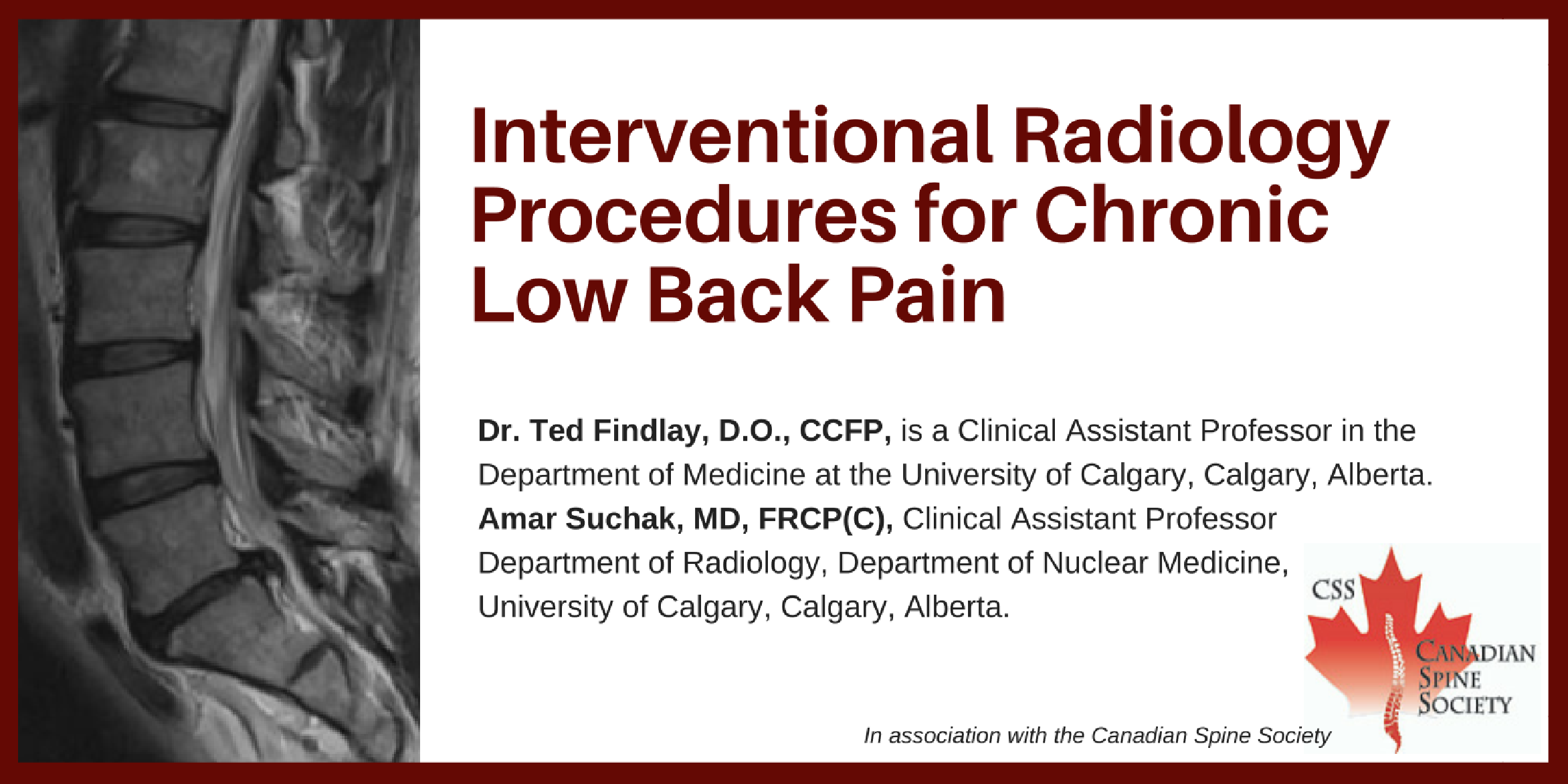1is a Clinical Assistant Professor in the
Department of Medicine at the University of Calgary. He is
also in a Private Family Medicine practice. In addition he
is on Medical Staff at Alberta Health Services, Calgary
Zone in Calgary, Alberta.
2Clinical Assistant Professor Department of
Radiology, Department of Nuclear Medicine, University of
Calgary, Calgary, Alberta.

